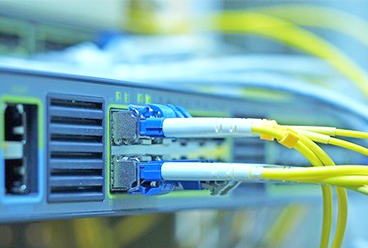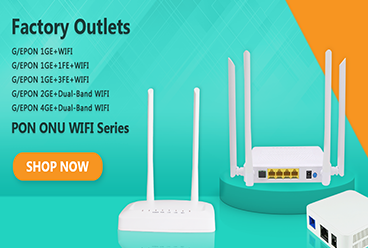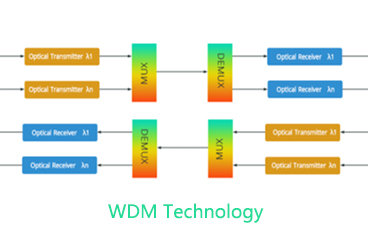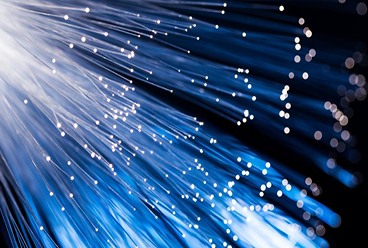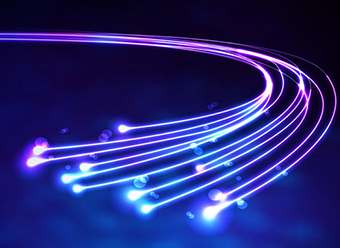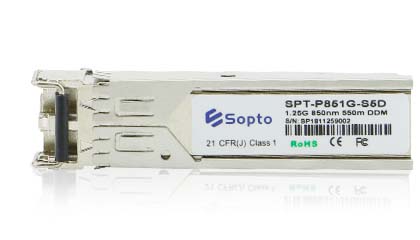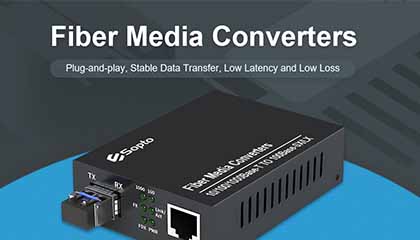DAC (Direct Attach Copper Cable) is a common short-distance high-speed interconnection solution, widely used in data centers, server interconnections, and high-speed communications between storage devices. According to different application requirements, DAC is mainly divided into the following types with different transmission distances:
1. Classification by rate
DAC type | Transmission rate | Common applications |
10G SFP+ DAC | 10Gbps | Server, storage device interconnection |
25G SFP28 DAC | 25Gbps | Switch and server interconnection |
40G QSFP+ DAC | 40Gbps | Data center short-distance interconnection |
50G QSFP28 DAC | 50Gbps | Switch, high-performance computing |
100G QSFP28 DAC | 100Gbps | Data center Spine-Leaf interconnection |
200G QSFP56 DAC | 200Gbps | Hyperscale data center |
400G QSFP-DD DAC | 400Gbps | AI computing cluster, high-density data center |
2. Classification by type
(1) Features of Passive DAC
● Mainly used for 10G, 25G, 40G, 50G, 100G, 200G, 400G and other rates
● No need for additional power supply, relying on the signal drive of the device port
● The transmission distance is generally 0.5m - 7m (some can reach 10m)
● Low power consumption, usually <0.1W
● Suitable for short-distance data center interconnection
(2) Features of Active DAC
● Built-in signal amplification and equalization circuit to improve signal integrity
● Suitable for longer distance transmission, usually up to 5m - 15m
● Slightly higher power consumption, generally <1W
● Suitable for long-distance server interconnection to reduce signal attenuation
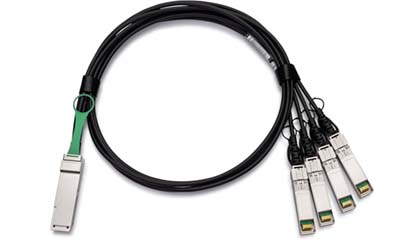
3. Typical transmission distance
Rate | Passive DAC Transmission distance | Active DAC Transmission distance |
10Gbps | 0.5m - 7m | 5m - 15m |
25Gbps | 0.5m - 5m | 5m - 12m |
40Gbps | 0.5m - 7m | 5m - 12m |
50Gbps | 0.5m - 5m | 5m - 10m |
100Gbps | 0.5m - 5m | 5m - 10m |
200Gbps | 0.5m - 3m | 3m - 7m |
400Gbps | 0.5m - 3m | 3m - 7m |
4. Applicable Scenarios
Passive DAC: Applicable to short-distance high-speed interconnection within a data center rack or between adjacent racks, with low power consumption and low cost.
Active DAC: Applicable to longer-distance interconnection, adapting to more complex wiring environments, and applicable to Top-of-Rack (ToR) and End-of-Row (EoR) interconnection.
If your application involves data centers, server connections, or high-performance computing (HPC), choosing the right DAC type and transmission distance is crucial.
AOC (Active Optical Cable) is a fiber optic data transmission cable with integrated photoelectric converters. It is widely used in scenarios with high bandwidth requirements such as data centers, high-performance computing (HPC), cloud computing, artificial intelligence (AI), and 5G bearer networks. AOC has the advantages of high bandwidth, low power consumption, and strong anti-electromagnetic interference (EMI). Compared with traditional copper cables, AOC has lighter weight and longer transmission distance.
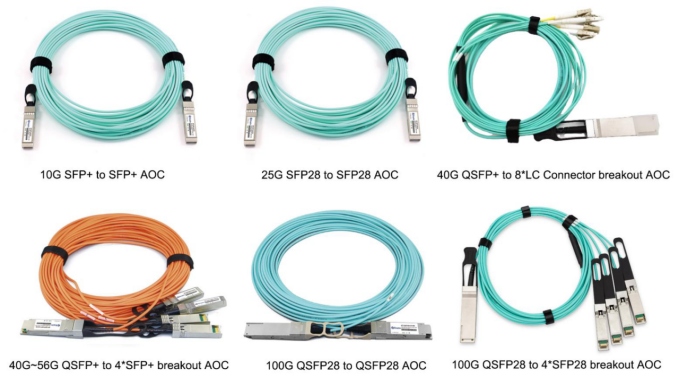
Common AOC Cable Types and Transmission Distances
1. QSFP+ AOC (40G AOC)
Interface Type: QSFP+
Transmission Rate: 40Gbps
Transmission Distance: Up to 100 meters
Application Scenarios: Data Center Rack Interconnection, Cloud Computing, High-Speed Storage Interconnection
2. QSFP28 AOC (100G AOC)
Interface Type: QSFP28
Transmission Rate: 100Gbps (4 x 25Gbps)
Transmission Distance: Usually 1-100 meters
Application Scenarios: Data Center Core Switch, High-Speed Server Interconnection
3. QSFP-DD AOC (200G/400G AOC)
Interface Type: QSFP-DD (Double Density)
Transmission Rate:
200G (8 x 25Gbps NRZ)
400G (8 x 50Gbps PAM4)
Transmission distance: generally up to 100 meters
Application scenarios: high-performance computing (HPC), AI training clusters, large cloud data centers
4. SFP+ AOC (10G AOC)
Interface type: SFP+
Transmission rate: 10Gbps
Transmission distance: 1-300 meters (usually 30-100 meters)
Application scenarios: rack-to-rack server interconnection, enterprise data center network
5. SFP28 AOC (25G AOC)
Interface type: SFP28
Transmission rate: 25Gbps
Transmission distance: usually 1-100 meters
Application scenarios: 5G fronthaul, high-speed data center interconnection
How to choose the right AOC cable?
When choosing an AOC cable, you need to consider factors such as application scenarios, bandwidth requirements, and distance requirements:
Data center interconnection: QSFP+/QSFP28/QSFP-DD AOC is suitable for data center rack-to-rack connections with different rate requirements.
Server/switch interconnection: SFP+/SFP28 AOC is suitable for cabinet-level server interconnection, providing stable high-speed data transmission.
High-performance computing (HPC) and AI training: 400G QSFP-DD AOC is an ideal choice for AI cluster interconnection, supporting high-speed communication of NVIDIA and AMD GPU servers.
Remote video transmission: HDMI AOC and DP AOC are suitable for scenarios that require long-distance high-definition video transmission, such as conference rooms and large-screen display systems.
AOC is playing an increasingly important role in data centers, enterprise IT, cloud computing, artificial intelligence, and other fields. In the future, with the development of 800G and 1.6T AOC, high-speed interconnection will further improve computing efficiency and network performance.
Comparison between DAC and AOC
Comparison items | DAC (direct-attached copper cable) | AOC (active optical cable) |
Transmission medium | Copper cable | Optical fiber |
Typical transmission distance | 0.5m - 15m | 1m - 100m |
Transmission rate | 10Gbps - 400Gbps | 10Gbps - 800Gbps |
Power consumption | Low (passive 0W, active 1-2W) | Relatively high (2-5W) |
Electromagnetic interference resistance | General | Very strong |
Price | Low | High |
Applicable scenarios | Short-distance interconnection inside the cabinet or between adjacent cabinets | Long-distance interconnection inside the computer room |
How to choose DAC or AOC?
Short distance (<5m): Choose passive DAC, which is economical and efficient.
Medium distance (5-10m): Choose active DAC to improve signal integrity.
Long distance (>10m): Choose AOC to ensure high-speed and stable transmission.
Environment with high anti-interference requirements: AOC is preferred.
Both DAC and AOC are important components of high-speed interconnection in data centers, and each has its own advantages and disadvantages. DAC is widely used in short-distance server interconnection due to its low cost and low power consumption. AOC has become the preferred solution for internal interconnection in data center computer rooms due to its long distance, high speed and anti-interference characteristics.
As data centers develop towards higher bandwidth and lower power consumption, the reasonable selection of DAC and AOC will help optimize network architecture and improve overall performance.If your data center is upgrading or expanding, please consult Sopto Technology. We provide a full range of high-speed interconnection solutions to help your business development! Inquiry [email protected], My whatsapp: https://wa.me/+8618688759008/
Tags : Direct Attach Cable, Active Optical Cable, DAC, AOC
— END —




